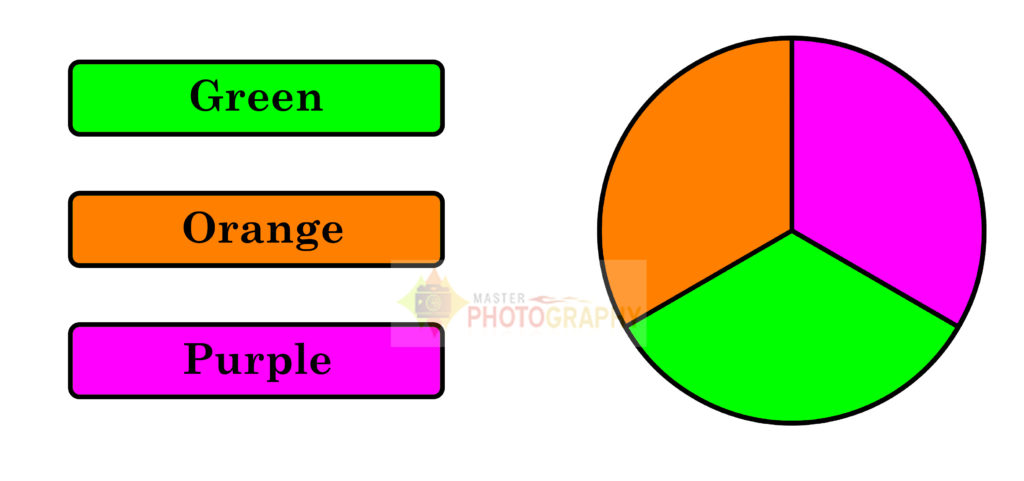Whole world and the complete appearance is made with millions of colors. All surfaces have various characteristics of color absorbs ion and reflection. Due to this reflection amounts are decide the color of all surfaces. If you like to learn more about the born of the colors and how it is generating with scientific way, you can refer my “Born of the colors” article. Basically colors can be broken down into three basic Categories. That is,
- Primary colors
- Secondary colors
- Tertiary colors
This categorization is based on their production pattern. Due to this categorization we can easily understand the color mixing patterns and reproduction colors. Let’s start the relationship between this color categories and their behaviors.
Primary Colors
Primary colors are the most important colors in the color world. We can identify millions of colors which have a very smaller difference one from another. But this primary colors cannot produce by mixing or combining any kind of color. Therefore it’s called as the primary colors. Another important factor is all other colors include at least one of these hues. That primary colors are,
- Red
- Blue
- Yellow

Secondary Colors
Secondary colors are the next category. They are the children of the primary category. Basically when two primary colors are mixed together and create a secondary colors. Especial case is those secondary colors cannot be produced any other way. The three secondary colors are,
- Green
- Orange
- Purple


Tertiary Colors
Tertiary colors are made with combining a primary color and neighboring secondary color. According to our standard color wheel, there are six tertiary colors. That is,
- red-violet
- red-orange
- yellow-orange
- yellow-green
- blue-green
- blue-violet






















